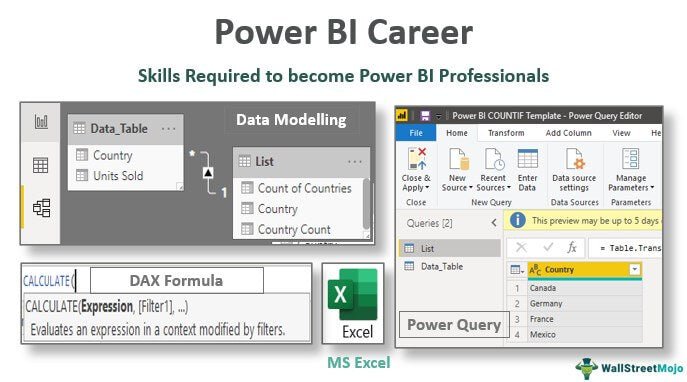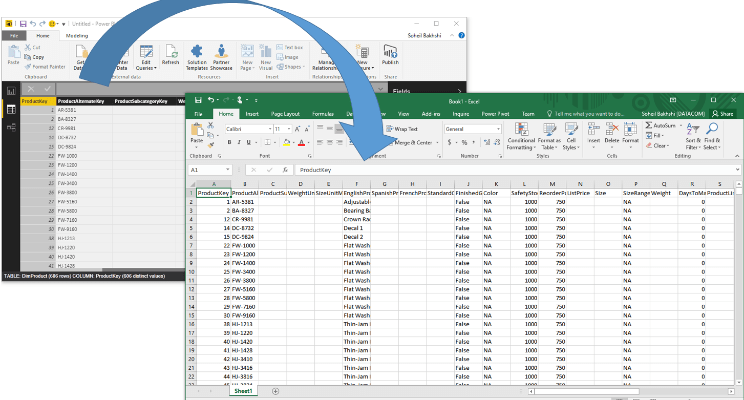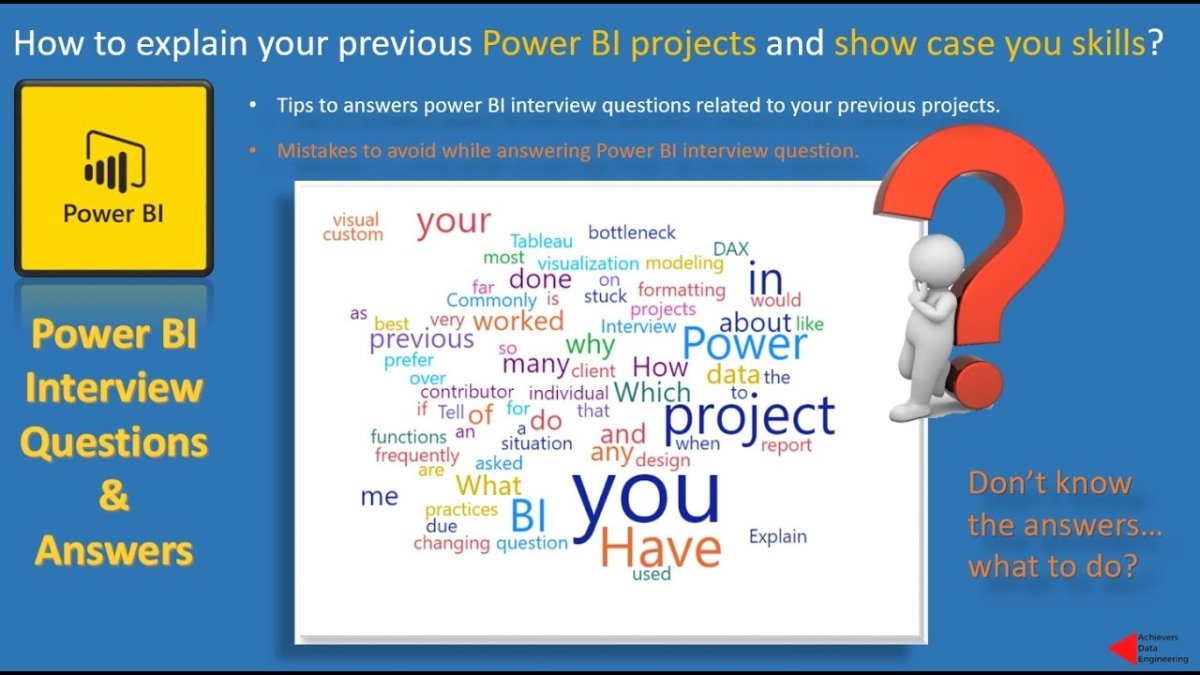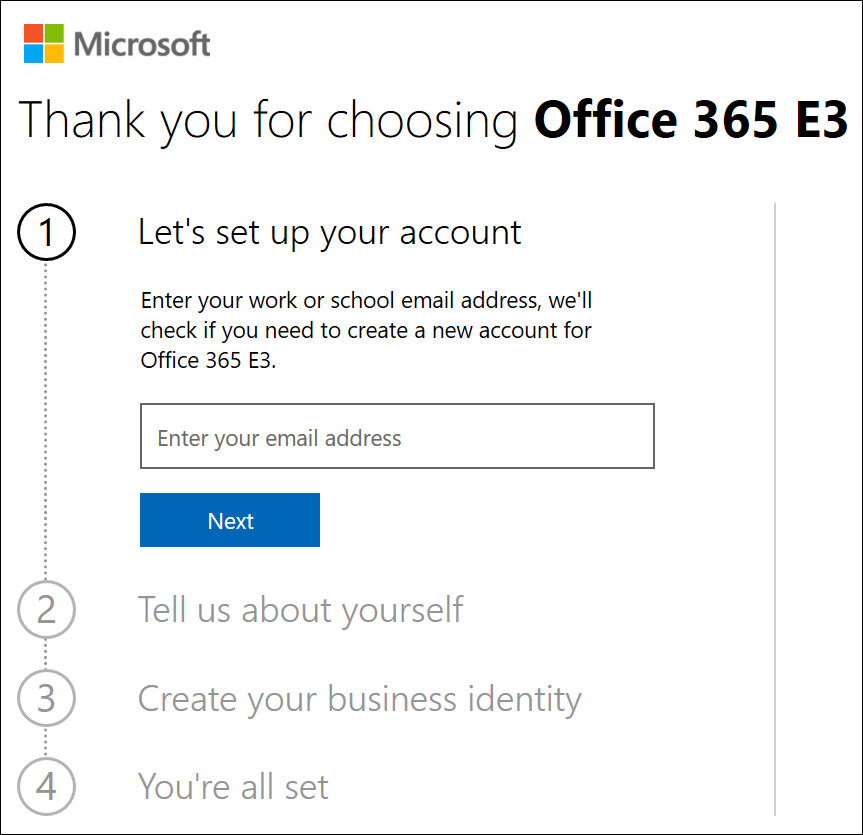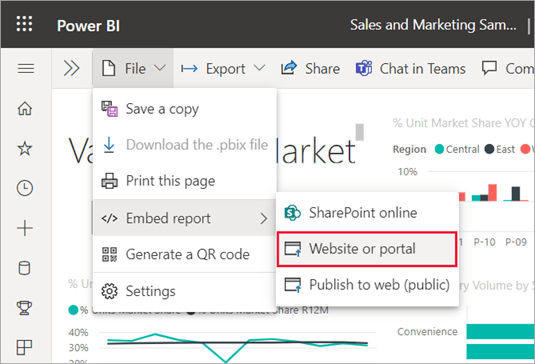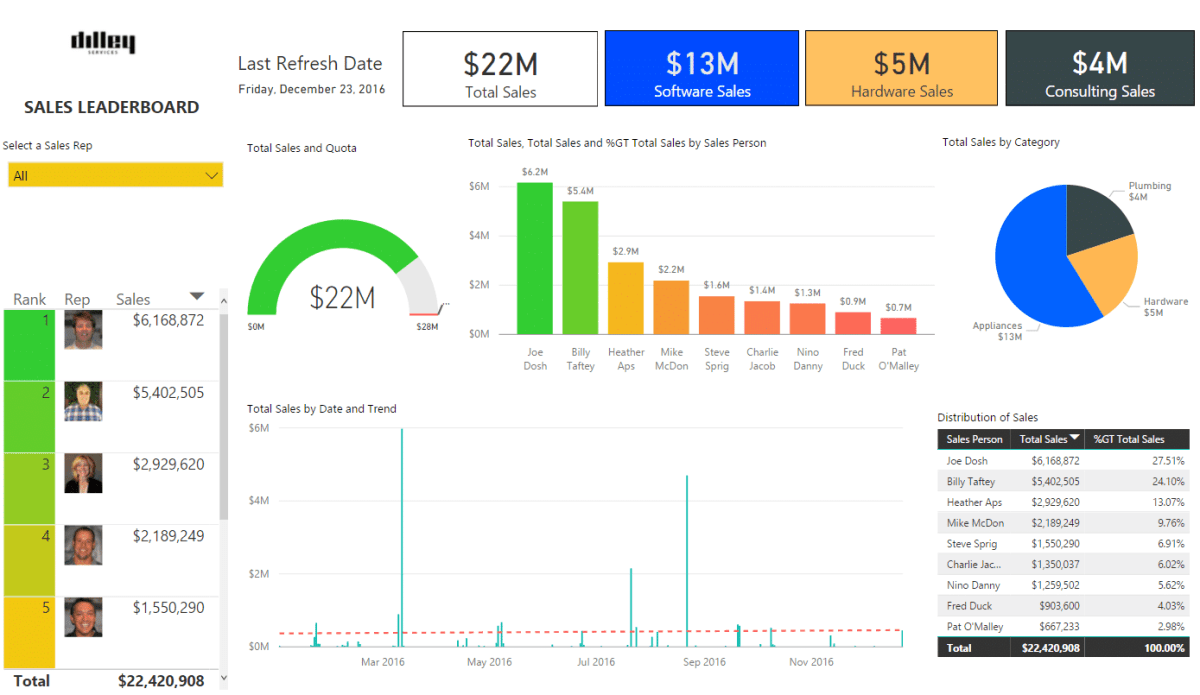
How to Connect Netsuite to Power Bi?
Are you looking for a way to connect your business’s NetSuite data to Microsoft’s Power BI? Connecting the two can open up a whole new world of insights for your business, allowing you to better understand how your organization is performing and how to optimize it for greater success. In this article, we’ll walk you through the steps of connecting NetSuite and Power BI, so you can easily access all your valuable business data.
Connecting NetSuite to Power BI: Power BI is a business analytics service provided by Microsoft. It can be used to visualize and analyze data stored in NetSuite, a cloud-based ERP system. To connect NetSuite to Power BI, you will need to use the Power BI Suite App to access the NetSuite API. You will then need to configure the connection in Power BI in order to access the data.
- Log into your Power BI account and select “Apps” from the left navigation.
- Search for the “NetSuite SuiteApp” and select “Install”.
- Accept the terms and conditions for the app.
- Once the app is installed, select “Data” from the left navigation.
- Select “NetSuite” from the list of available data sources.
- Enter your NetSuite credentials and select “Sign In”.
- Select the tables you wish to access and select “Load”.
- Once the data is loaded, you can begin creating visualizations and reports in Power BI.

Connecting NetSuite to Power BI: An Overview
NetSuite is a cloud-based enterprise resource planning (ERP) solution used for managing business operations, such as accounting, customer relationships, and supply chain management. Power BI is a suite of business analytics tools that enable organizations to visualize and analyze data for better decision-making. Connecting the two systems will allow users to combine the insights from their NetSuite data with the powerful analytics tools of Power BI. In this article, we will discuss how to connect NetSuite to Power BI.
Understanding the Process of Connecting NetSuite to Power BI
In order to connect NetSuite to Power BI, users will first need to create a connection between the two systems. This process requires users to authenticate the connection and will involve providing the appropriate credentials and authorization. Once the connection is established, users can then begin to create and explore reports with the data from their NetSuite account.
The next step is to configure the data source. This involves defining the data fields that will be used in the report. Users can select from a variety of data sources, such as accounts, items, customers, and vendors. Once the data source has been configured, users can begin to create visualizations, such as charts and graphs, to analyze their data.
Tips for Creating Reports with NetSuite and Power BI
When creating reports with NetSuite and Power BI, it is important to keep the following tips in mind:
1. Ensure Data Accuracy
It is important to make sure that the data being used for the report is accurate. This can be accomplished by verifying the accuracy of the data in the source system. This can be done by running a query or report in the source system to ensure that the data is accurate and up-to-date.
2. Use the Right Visualization
Once the data has been verified, users should then select the appropriate visualization to best represent the data. Depending on the type of data being analyzed, users may want to use a bar chart, line graph, or pie chart. It is important to select a visualization that will best communicate the insights from the data.
3. Use Filters to Focus on Relevant Data
Filters can be used to focus on the data that is most relevant to the report. This will help users to hone in on the insights they are looking for and make it easier to interpret the data. Filters can be applied to any data field in the report.
Conclusion
Connecting NetSuite to Power BI is a straightforward process that can be accomplished by authenticating the connection, configuring the data source, and ensuring data accuracy. Once the connection is established, users can then begin to create and explore reports with the data from their NetSuite account. By following the tips for creating reports with NetSuite and Power BI, users can get the most out of their data and gain valuable insights.
Few Frequently Asked Questions
What is NetSuite?
NetSuite is an enterprise resource planning (ERP) system created and maintained by Oracle. It is a cloud-based software suite that combines customer relationship management (CRM), enterprise resource planning (ERP), and ecommerce tools into a single, integrated platform. NetSuite helps businesses manage their finances, sales, and customer service operations, as well as their supply chain, inventory, and other business processes.
What is Power BI?
Power BI is a business intelligence (BI) and analytics platform created by Microsoft. It provides data visualization and interactive dashboards that allow users to gain insights from their data. Power BI allows users to create rich visuals, analyze data from multiple sources, and share insights across their organization.
How to Connect NetSuite to Power BI?
Connecting NetSuite to Power BI is a simple process. First, you will need to install the NetSuite connector from the Power BI marketplace. Once installed, you will need to authenticate your NetSuite account and provide the necessary credentials. Once authenticated, you can select the data you wish to import from NetSuite into Power BI and create your reports and visuals.
What are the Benefits of Connecting NetSuite to Power BI?
The main benefit of connecting NetSuite to Power BI is the ability to quickly and easily create reports and visuals that can help you make better decisions and gain insights from your data. With Power BI, you can gain valuable insights into your customer data, sales, and other key business metrics. Additionally, by connecting NetSuite to Power BI, you can easily integrate your data from multiple sources and create a single, unified view of your business.
Are There Any Limitations with Connecting NetSuite to Power BI?
Yes, there are some limitations when connecting NetSuite to Power BI. For example, some features are not available in the NetSuite connector, such as scheduling reports or creating custom visuals. Additionally, some features are only available in the premium version of Power BI, such as data streaming and automated report creation.
What are the Best Practices for Connecting NetSuite to Power BI?
The best practices for connecting NetSuite to Power BI include setting up and maintaining a secure connection, enabling automated refresh of data, and scheduling reports. Additionally, it’s important to ensure that the data being imported is accurate and up to date. Lastly, it’s important to create visuals that are easy to understand and interpret, as well as take into account the security and privacy of the data being imported.
NetSuite and Power BI, How to Connect Your Systems
In conclusion, Netsuite to Power BI can be easily connected with the help of the OData feed. This allows users to leverage the best of both worlds as they can take advantage of the powerful analytics of Power BI and the robust features of Netsuite. With this connection, businesses can gain insights into their data and make informed decisions to ensure their success.

